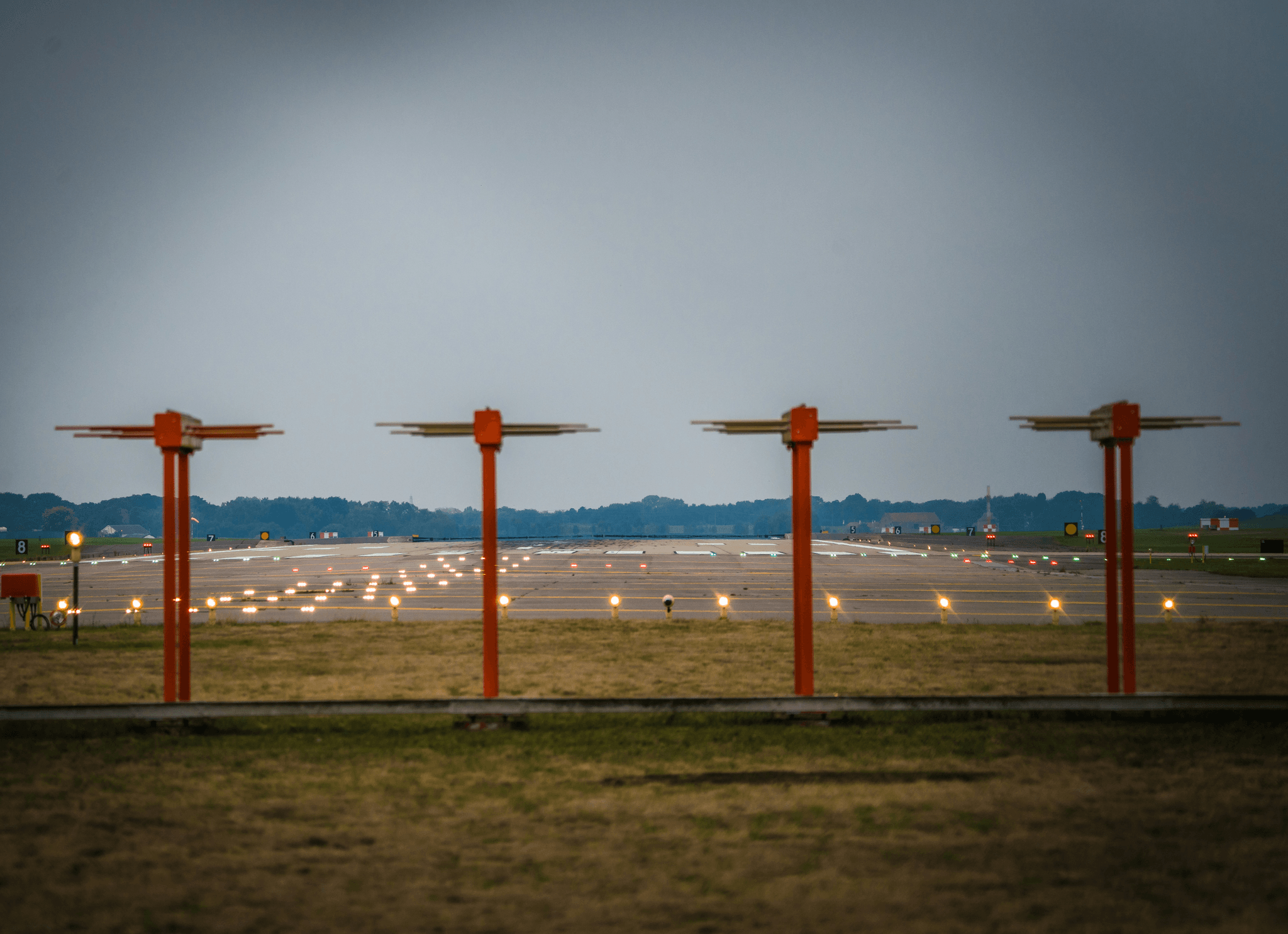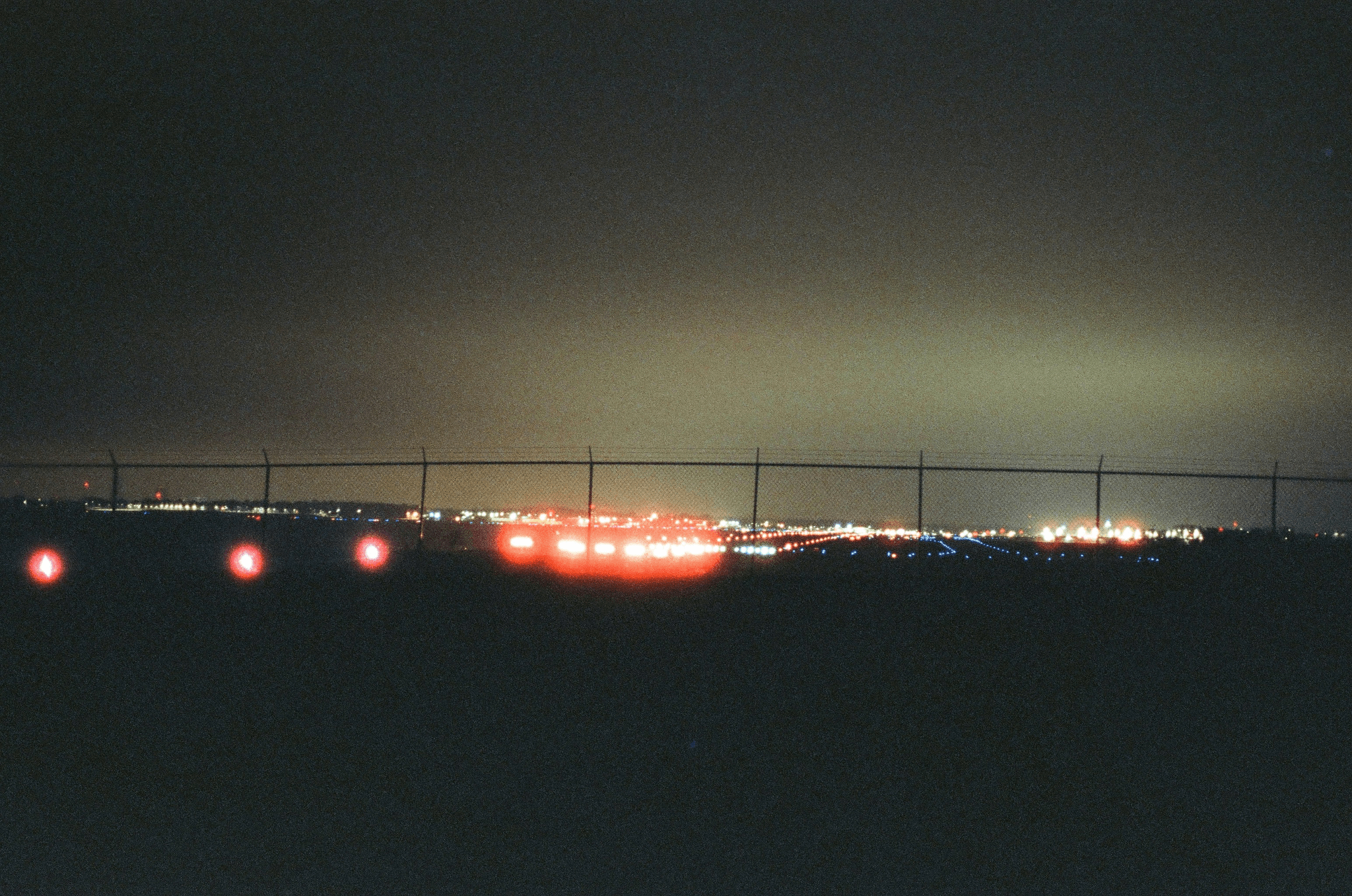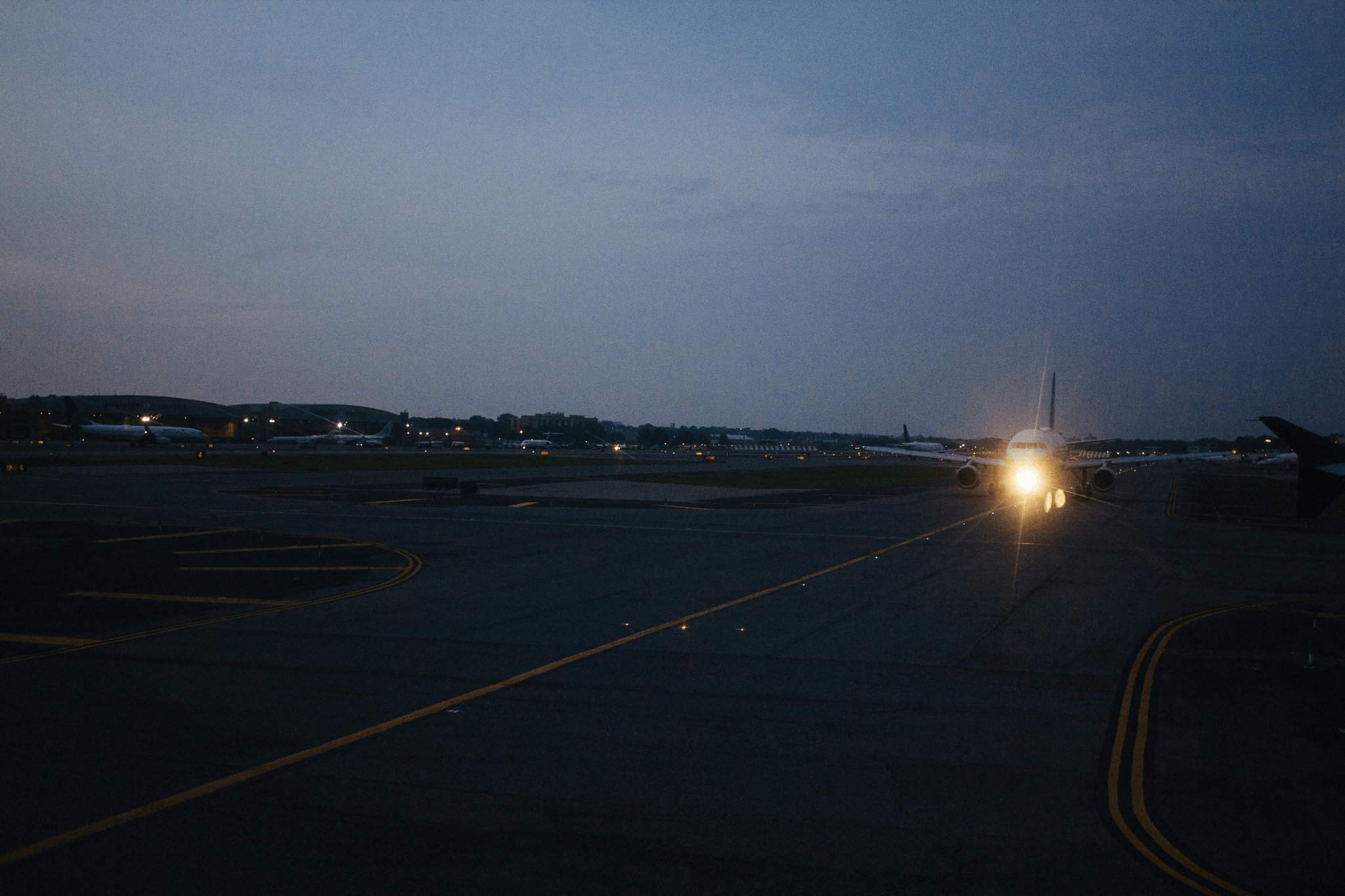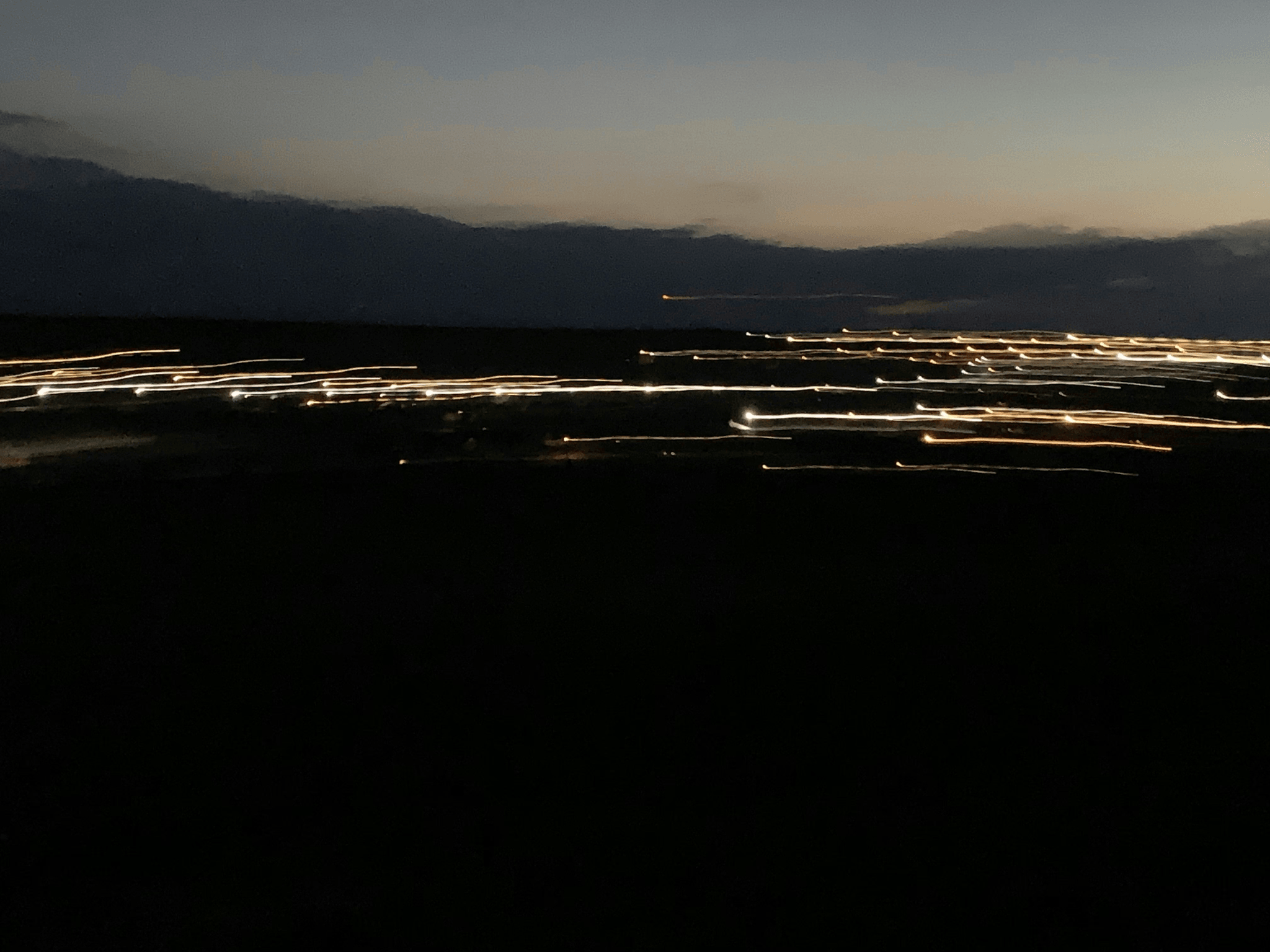Introduction

When it comes to ensuring safe and efficient airport operations, understanding the FAA runway lighting requirements is crucial. Meeting these standards is of utmost importance to guarantee the safety of aircraft and passengers. By adhering to FAA runway lighting standards, airports can maintain optimal conditions for safe aircraft navigation and operations.
Understanding the FAA Runway Lighting Requirements
The FAA has specific requirements for runway lights to ensure safe aircraft navigation, especially during nighttime or low visibility conditions. These requirements dictate the types, placement, and intensity of lights needed on airport runways and taxiways. Compliance with these standards is essential for maintaining a secure environment for air travel.
Importance of Meeting FAA Runway Lighting Standards
Meeting FAA runway lighting standards is not only a regulatory requirement but also a critical aspect of aviation safety. Properly illuminated runways contribute to enhanced visibility for pilots during takeoff, landing, and taxiing, reducing the risk of accidents or incidents. Therefore, adherence to these standards directly impacts the overall safety of airport operations.
Ensuring Safe and Efficient Airport Operations
By ensuring that airports meet the FAA's stringent lighting requirements, they can maintain safe and efficient operations around the clock. The proper installation and maintenance of runway lights contribute significantly to creating a secure environment for aircraft navigation during all weather conditions and times of day.
FAA Runway Lighting Requirements Overview

When it comes to FAA runway lighting requirements, understanding the key elements is crucial for ensuring safe aircraft navigation. The FAA aircraft lighting requirements encompass various types of lights, including threshold lights, runway centerline lighting, and taxiway lights. These lights play a critical role in ensuring aircraft safety during takeoff, landing, and taxiing operations.
Key Elements of FAA Runway Lighting Standards
The key elements of FAA runway lighting standards include the specific types of lights required for different areas of the airfield. This encompasses the use of precision approach path indicator (PAPI) lights to provide visual glide slope guidance to pilots during approach and landing. In addition, the standards also outline the importance of maintaining proper light intensity and color for effective visibility at night and in adverse weather conditions.
The Role of Runway Lights in Ensuring Aircraft Safety
Runway lights are essential for ensuring aircraft safety by providing visual cues for pilots during critical phases of flight operations. These lights help pilots identify the runway threshold, align with the centerline, and navigate along taxiways with precision. Compliance with FAA airport lighting standards is crucial for enhancing visibility and reducing the risk of runway incursions or other safety incidents.
Compliance with ICAO Annex 14 Standards
Compliance with ICAO Annex 14 Standards is a fundamental aspect of meeting FAA runway lighting requirements. These international standards set forth guidelines for airport design and operations, including specific requirements for runway lighting systems. Adhering to these standards ensures that airports maintain a consistent level of safety and operational efficiency across different regions worldwide.
Types of Runway Lights Required by FAA

When it comes to meeting FAA runway lighting requirements, understanding the different types of runway lights is crucial. Threshold lights, for instance, are a key component that marks the beginning and end of the runway. These lights provide pilots with a visual reference point for landing and takeoff, ensuring safe aircraft operations during low visibility conditions.
Understanding Threshold Lights and Their Importance
Threshold lights on a runway are essential for providing pilots with a clear indication of where to begin their approach or takeoff. These lights typically consist of white omnidirectional lights that are placed in rows along the edge of the runway threshold. By clearly marking the start and end points of the runway, threshold lights play a vital role in guiding pilots during critical phases of flight, especially at night or in adverse weather conditions.
Importance of Runway Centerline Lighting
In addition to threshold lights, runway centerline lighting is another important element that helps pilots maintain proper alignment during takeoff and landing. These lights are typically embedded in the pavement along the centerline of the runway, providing a visual cue to pilots as they navigate their aircraft along the designated path. By ensuring precise alignment with the centerline, these lights contribute to safe and accurate aircraft operations, especially in low-visibility scenarios.
Significance of Taxiway Lights for Aircraft Navigation
Taxiway lights play a crucial role in guiding aircraft between runways and parking areas as well as other areas like hangars or terminals on an airport's surface area at night and in low visibility conditions.
The taxiway edge light system consists mainly blue omnidirectional light fixtures installed on both sides along taxiways.
This lighting system plays an essential role in maintaining safe ground operations by providing clear visual guidance to pilots as they navigate their aircraft across airport surfaces.
Installation and Design Considerations for Runway Lights

When it comes to meeting FAA specifications for runway lighting design, it's crucial to ensure that the lighting system meets the specific requirements set forth by the FAA. This includes factors such as light intensity, color, and placement to ensure safe aircraft navigation during all weather conditions.
Meeting FAA Specifications for Runway Lighting Design
In order to meet FAA specifications for runway lighting design, airport authorities must carefully consider factors such as the type of lighting fixtures used, their spacing along the runway, and their overall configuration. Adhering to these specifications is essential in ensuring that the runway lights effectively guide aircraft during takeoff, landing, and taxiing.
Proper placement and alignment of runway lights is crucial in ensuring the safety and efficiency of aircraft operations. The spacing of the lights along the runway must be carefully calculated to provide adequate illumination without causing glare or confusion for pilots. Additionally, the overall configuration of the lighting system, including the use of precision approach path indicators and touchdown zone lights, plays a significant role in helping pilots make accurate judgments during critical phases of flight.
Proper Placement and Alignment of Runway Lights
Proper placement and alignment of runway lights play a critical role in ensuring that pilots can easily identify the runway during approach and departure. This involves careful consideration of factors such as distance from the runway edge, angle of approach, and visibility from different points along the runway.
Proper placement and alignment of runway lights play a critical role in ensuring that pilots can easily identify the runway during approach and departure. This involves careful consideration of factors such as distance from the runway edge, angle of approach, and visibility from different points along the runway. Additionally, the color and intensity of the lights are also important aspects to take into account, as they need to be easily distinguishable against varying background conditions such as snow, rain, or fog. Furthermore, advancements in technology have led to the development of LED runway lights, which offer improved energy efficiency and durability compared to traditional incandescent lights.
Utilizing Haisen's Light Intensity Tester for Accurate Measurements
To accurately measure the light intensity of runway lights and ensure compliance with FAA standards, airports can utilize Haisen's Light Intensity Tester. This device provides precise measurements of light output, allowing airport authorities to make necessary adjustments to meet FAA requirements.
Furthermore, the Light Intensity Tester from Haisen is designed to be user-friendly, allowing airport staff to easily and efficiently measure light output without the need for extensive training. This ensures that accurate measurements can be taken regularly, helping airports to maintain compliance with FAA standards on an ongoing basis. By utilizing this device, airports can not only ensure safety for pilots and passengers but also avoid potential fines or penalties for non-compliance.
Importance of Adhering to FAA Runway Lighting Requirements

Enhancing Visibility and Safety for Night Operations
Adhering to FAA runway lighting requirements is crucial for enhancing visibility and ensuring safety during night operations. Properly illuminated runways, taxiways, and thresholds enable pilots to navigate with confidence, reducing the risk of accidents in low-light conditions.
Impact of Non-compliance on Airfield Operations
Non-compliance with FAA runway lighting requirements can have a detrimental impact on airfield operations. Inadequate lighting can lead to decreased visibility, potentially causing flight delays, diversions, or even cancellations. It also poses a safety risk for both aircraft and ground personnel.
Advantages of Implementing FAA Airport Lighting Standards
Implementing FAA airport lighting standards offers numerous advantages, including improved visibility, enhanced safety, and increased operational efficiency. By adhering to these standards, airports can create a safer environment for all stakeholders while ensuring seamless aircraft navigation during day and night operations.
Compliance Monitoring and Maintenance of Runway Lights

The Role of Airport Authorities in Ensuring Compliance
Airport authorities play a crucial role in ensuring compliance with FAA runway lighting requirements. They are responsible for overseeing the installation, maintenance, and functionality of all runway lights to ensure they meet the specified standards. By actively monitoring and enforcing compliance, airport authorities contribute to safe and efficient airport operations.
In addition to overseeing the installation and maintenance of runway lights, airport authorities conduct regular inspections to ensure their functionality. These inspections involve testing each light to ensure it is operating at the correct intensity and angle, as well as checking for any signs of wear or damage. By proactively addressing any issues with runway lights, airport authorities help prevent potential safety hazards and minimize disruptions to air traffic.
Regular Inspections for Runway Light Functionality
Regular inspections for runway light functionality are essential to ensure that all lights are operating as per FAA requirements. These inspections involve checking the condition, alignment, and intensity of the lights to guarantee optimal visibility for aircraft during takeoff, landing, and taxiing. By conducting frequent assessments, any issues with malfunctioning lights can be promptly addressed to maintain safety standards.
Additionally, regular maintenance practices for runway lighting should be implemented to ensure the longevity and reliability of the lights. This includes cleaning, repairing, and replacing any damaged or worn-out components to prevent potential failures. By adhering to a proactive maintenance schedule, airports can minimize downtime and avoid disruptions to air traffic due to malfunctioning lights. Furthermore, proper maintenance can also contribute to cost savings by extending the lifespan of the lighting system.
Implementing Effective Maintenance Practices for Runway Lighting
Implementing effective maintenance practices is key to upholding FAA runway lighting requirements. This includes routine cleaning, repair, and replacement of runway lights as needed to uphold their performance. By following a proactive maintenance schedule, airports can ensure that their runway lighting systems consistently meet the necessary standards for safe aircraft navigation.
By regularly inspecting runway lighting, airports can identify any issues early on and address them before they become a safety concern. This proactive approach can help prevent costly emergency repairs and minimize downtime for the runway. Additionally, implementing effective maintenance practices can contribute to the overall efficiency of airport operations, ensuring that flights can continue to arrive and depart on schedule without disruptions caused by faulty lightin
Conclusion

In conclusion, adhering to FAA runway lighting requirements is crucial for ensuring safe and efficient airport operations. Compliance with these standards not only enhances visibility and safety for night operations but also has a significant impact on airfield operations. By implementing FAA airport lighting standards, airports can ensure safe aircraft navigation and maintain a high level of operational efficiency.
Ensuring Safe and Efficient Airport Operations
Meeting FAA runway lighting requirements is essential for maintaining safe and efficient airport operations. Properly installed and maintained runway lights play a critical role in enhancing visibility for pilots during takeoff, landing, and taxiing, ultimately contributing to the overall safety of airfield operations.
Importance of Compliance with FAA Runway Lighting Standards
Compliance with FAA runway lighting standards is vital for ensuring the safety of aircraft operations. By meeting these requirements, airports can minimize the risk of accidents and ensure that pilots have the necessary visual cues to navigate runways safely, especially during low-visibility conditions.
Adhering to FAA Runway Lighting Requirements for Safe Aircraft Navigation
Adhering to FAA runway lighting requirements is essential for safe aircraft navigation. Threshold lights, centerline lighting, and taxiway lights are all critical components that contribute to safe aircraft movement on runways and taxiways at night or during adverse weather conditions.
